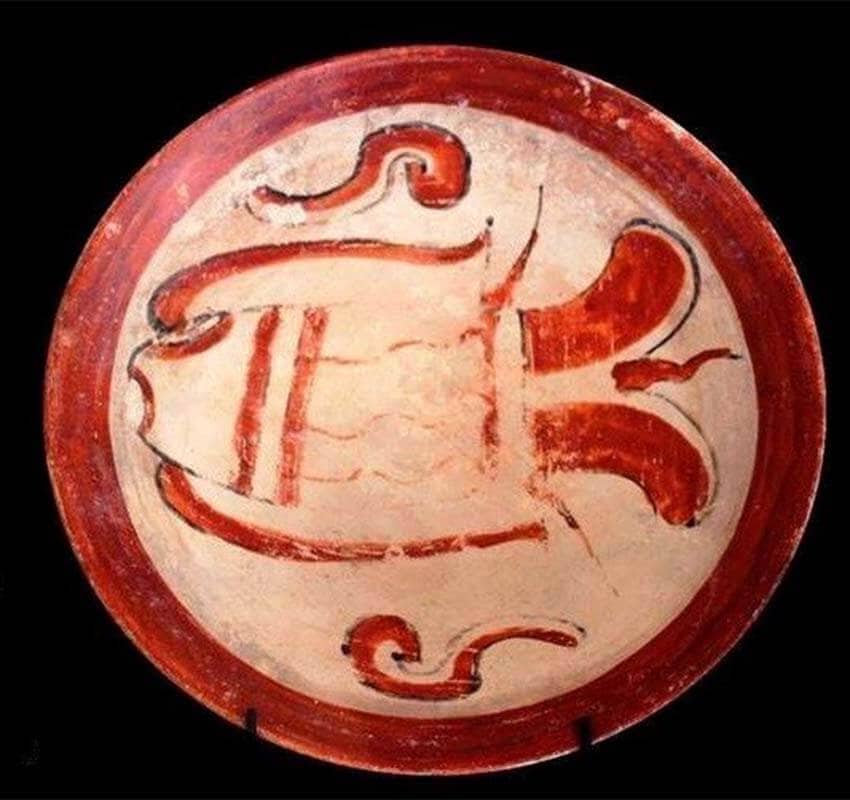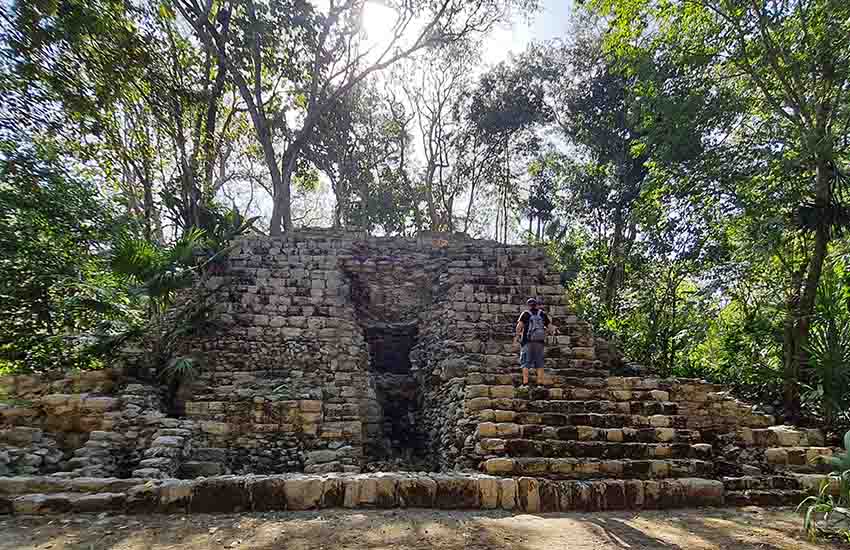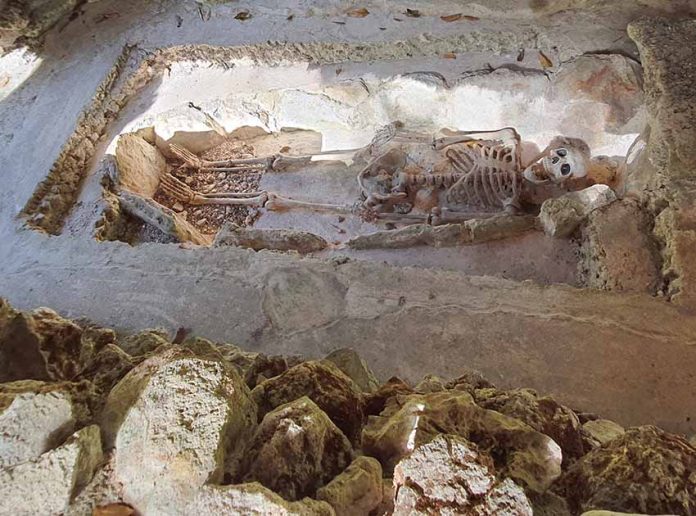The ancient Mayas are widely known for their achievements in architecture and astronomy but are perhaps less known for their commercial and seafaring skills. But the archaeological site Oxtankah’s history reveals how its inhabitants used marine resources for economic purposes.
The Maya of Oxtankah were skilled sailors. The National Institute of Anthropology and History (INAH) says they used canoes to access the Caribbean Sea for trading. They supplied products to interior Maya communities.
While this Quintana Roo archaeological zone may not be as popular as the coastal Maya site of Tulum, its lush surroundings and interesting history make for a beautiful visit. And since it gets few visitors, you may even have it to yourself, as we did when we toured there. Many structures at Oxtankah are yet to be excavated.
Situated just 16 kilometers from Chetumal, you can combine a visit to the site with a trip to Bacalar and its famous Lagoon of Seven Colors. History fans can also spend a few days in the region exploring other sites, including Chacchoben, Dzibanché and Kohunlich.

According to INAH, researcher Alberto Escalona Ramos gave the site its modern name in 1937. Oxtankah can have three meanings: “place surrounded by Ramón trees,” “in the middle of three towns” or “three neighborhoods.” The site’s original name is unknown.
Oxtankah was occupied from about 600 B.C. to A.D. 1100, peaking around A.D. 200–600. At that point, the city had over 100 buildings and included even the Tamalcab island off the coast. The Maya inhabitants built a water system here with chultunes – ancient water cisterns – to store rainwater.
Its economy was diverse: in addition to making use of marine resources, it produced salt and engaged in agriculture and beekeeping.
Expect to spend a couple of hours at the site and remember to enjoy its beautiful surroundings. Similar to other archaeological sites in the region, you can spot many iguanas here.
Near the entrance is an interesting stela – a carved stone slab – and a round stone that was perhaps an altar. After entering the site, you can walk up to the Bees Plaza.
West of this plaza is a building called Structure IV, a multilevel platform with the remains of four rooms. A red stucco design adorns the step on the entrance toward the rooms.
Archaeologists have identified different signs in this stucco decoration, including features of a jaguar, which the Maya considered a sacred animal. A thatched roof covers this section of the building, so you can’t miss it.
East of the plaza is Structure I, a pyramid topped by a temple, thought to have had a funerary purpose. Two tombs of important persons were discovered here – in line with Oxtankah’s tradition of burying rulers in tombs built inside buildings.

South of the plaza is a palace built on a long platform, which served as a residence for key city personnel as well as having administrative and other purposes. Its facade is believed to once have had colorful stucco decorations, but no signs of them exist anymore. You can see the remains of a few rooms here.
A must-see in the Bees Plaza is the altar in its center, also covered with a thatched roof. Building altars in the center of notable plazas is considered a Mesoamerican tradition.
Here you can see a tomb of an important person. Although the skeleton is a replica, it’s placed in the same position as the original burial, with its head pointing north, which was the direction associated with the dead.
After exploring the Bees Plaza, visit the Columns Plaza, where archaeologists discovered many tombs.
And then east of the Columns Plaza is the Structure VI pyramid, where several tombs of important persons with rich offerings were discovered. Look out for the replica skeleton placed in one of its tombs.
West of this plaza is a palace. A few rooms here are identified as possible royal residences. Another room was a kitchen. This building also once had colorful stucco decorations.
There are other buildings worth seeing, including the elite residence to the north of the Columns Plaza. But perhaps another must-see is the 16th-century chapel built by the Spanish. It will remind you of the chapel in Dzibilchaltún, if you have been there.
This chapel has two rooms on either side, one of which is in fairly good condition.
Finally, there is a building on a round platform toward the site’s north section that is speculated to have had an astronomical function. You can also see a chultun in this area.
And before you leave, remember to visit the small onsite museum for a glimpse into the life of the ancient Mayas.
Keen to learn even more about the Maya culture? Visit the Museum of Mayan Culture in nearby Chetumal.
Thilini Wijesinhe, a financial professional turned writer and entrepreneur, moved to Mexico in 2019 from Australia. She writes from Mérida, Yucatán. Her website can be found at https://momentsing.com/
